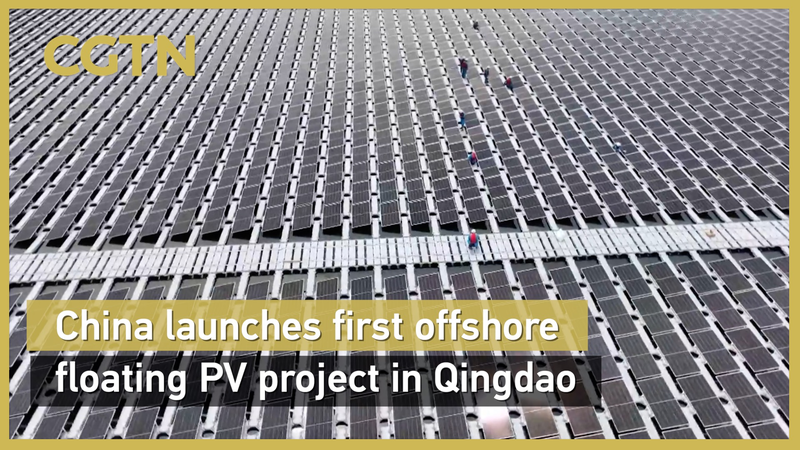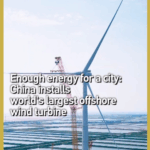China has inaugurated its first offshore floating photovoltaic (PV) power station in Qingdao, marking a milestone in renewable energy innovation. The project, operating in a full seawater environment, spans 60,000 square meters and boasts a 7.5 MW capacity – enough to generate 16.7 million kWh of clean electricity annually, equivalent to powering 7,000 households.
A Leap in Renewable Energy
The facility's movable floating design positions solar panels closer to the water surface, leveraging natural cooling effects to improve energy efficiency by 5–8% compared to traditional solar farms. This breakthrough addresses longstanding challenges of land scarcity and efficiency loss due to overheating in conventional solar installations.
Strategic Implications for Asia
As Asia accelerates its green transition, this project demonstrates the Chinese mainland's growing technical expertise in sustainable infrastructure. Analysts suggest the technology could be replicated in coastal regions across Southeast Asia, offering new opportunities for cross-border climate cooperation and green investment.
The development aligns with China's pledge to peak carbon emissions before 2030 while providing a blueprint for balancing industrial growth with environmental stewardship – a critical consideration for fast-developing economies worldwide.
Reference(s):
China launches first offshore floating PV project in Qingdao
cgtn.com








